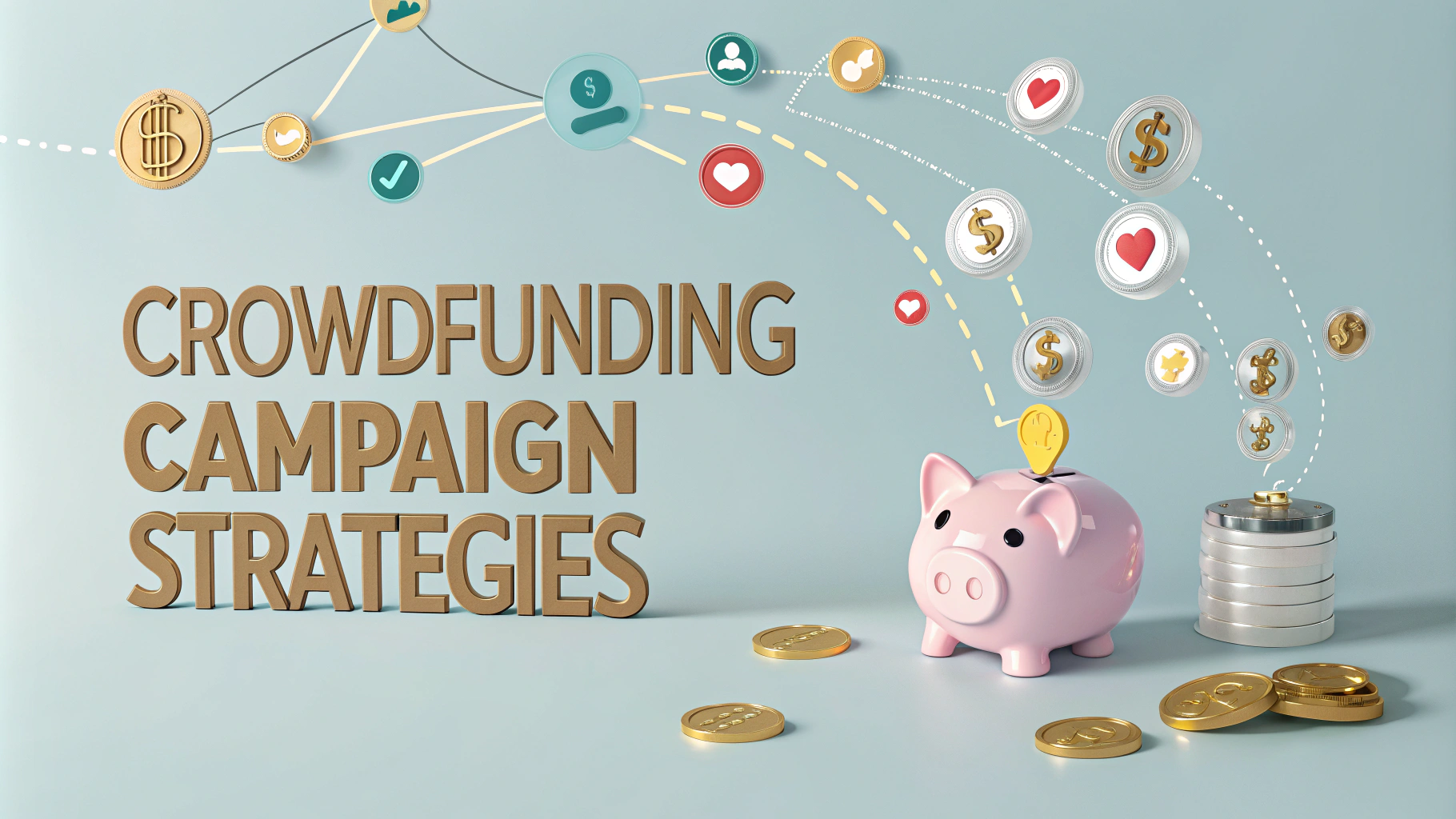Every successful business starts with a strategic roadmap. A well-crafted business plan isn’t just a document—it’s your company’s blueprint for success, serving as a critical tool for attracting investors, guiding internal strategy, and clarifying your vision.
1. Understanding the Purpose of a Business Plan
A business plan functions as a comprehensive blueprint that outlines your company’s goals, strategies, target market, and financial projections. It serves multiple critical purposes for entrepreneurs and established businesses alike.
Key Components of a Business Plan
- Executive Summary
- Company Description
- Market Analysis
- Organization Structure
- Financial Projections
Investors and financial institutions use business plans to assess the potential of a business. A well-structured plan demonstrates your understanding of the market and your strategic approach to business challenges.
Beyond external stakeholders, a business plan helps founders align their team, set clear objectives, and create a structured approach to growth and development.
2. Conducting Market Research
Market research forms the foundation of a compelling business plan. By understanding your industry landscape, customer needs, and competitive dynamics, you can craft a strategy with genuine market potential.
Research Strategies
- Analyze industry reports
- Survey potential customers
- Study competitor offerings
- Review economic trends
- Consult industry experts
Comprehensive market research reveals opportunities, potential challenges, and unique positioning strategies for your business.
Data-driven insights help you validate your business concept and refine your approach before significant financial investments.
3. Defining Your Business Model
A clear business model explains how your company creates, delivers, and captures value. It outlines your revenue streams, target customers, and core value proposition.
Business Model Components
| Element | Description |
|---|---|
| Value Proposition | Unique benefits offered to customers |
| Revenue Streams | How the business generates income |
Your business model should clearly communicate how you’ll solve customer problems and generate sustainable revenue.
Consider different models like subscription, freemium, or transaction-based approaches that align with your product or service.
4. Financial Planning and Projections
Financial projections transform your business idea into a quantifiable plan. Accurate financial forecasting demonstrates your understanding of business economics and potential profitability.
Essential Financial Documents
- Income Statement
- Cash Flow Projection
- Balance Sheet
- Break-even Analysis
Realistic financial projections require thorough research, conservative estimates, and a deep understanding of your industry’s financial dynamics.
Include multiple scenarios—conservative, moderate, and optimistic—to show potential investors your strategic flexibility.
5. Marketing and Sales Strategy
A comprehensive marketing and sales strategy outlines how you’ll attract, engage, and convert potential customers.
Key Marketing Channels
- Digital marketing
- Social media advertising
- Content marketing
- Email campaigns
- Networking and referrals
6. Operational Plan
The operational plan details how your business will function on a day-to-day basis, including key processes, infrastructure, and resource management.
Operational Considerations
- Production processes
- Supply chain management
- Technology infrastructure
- Team organizational structure
- Key operational milestones
7. Risk Management
Identifying and addressing potential risks demonstrates strategic thinking and preparedness to potential investors and stakeholders.
Risk Assessment Categories
- Financial risks
- Market risks
- Operational risks
- Regulatory risks
- Competitive risks
8. Funding Requirements
Clearly articulate the capital needed to launch and grow your business, including specific allocation of funding and expected outcomes.
Funding Sources
- Venture capital
- Angel investors
- Bank loans
- Crowdfunding
- Personal investments
Conclusion
A well-crafted business plan is more than a document—it’s a living strategy that evolves with your business. Regular review and refinement ensure your plan remains relevant and aligned with your entrepreneurial vision.
Remember, the most successful business plans are those that balance detailed analysis with creative problem-solving and a clear, compelling vision for the future.










